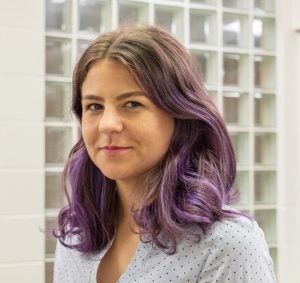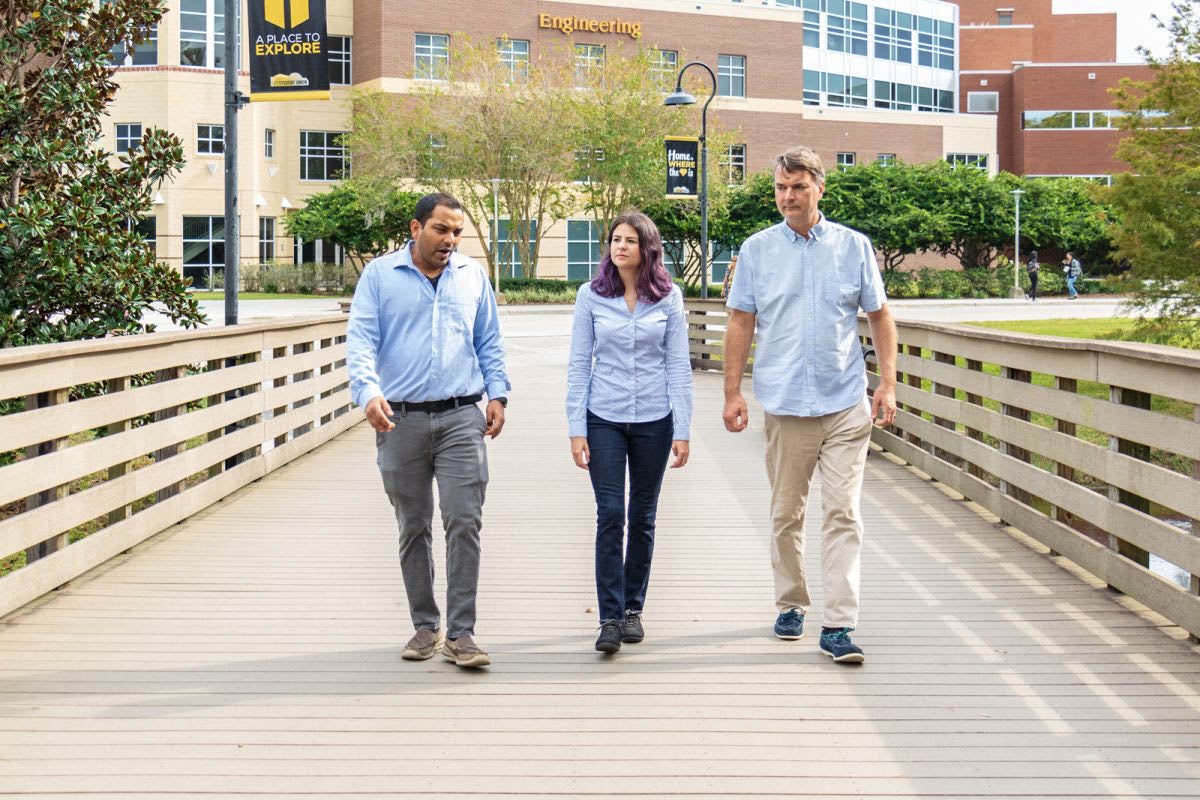Elizabeth Wait, a senior at UCF studying biotechnology, recently published her fifth academic paper and made the cover of International Journal of Chemical Kinetics for her study on how adding carbon dioxide to the combustion process could affect the rates of reaction.
The study, funded by the Department of Energy, was aimed at investigating if carbon dioxide affects the rates of fuel burning. As carbon dioxide is a waste product of fire, the goal was to look for something to do with it once it is sequestered. While their findings have shown that the addition of carbon dioxide is not effective for combustion, the process could be useful in chemical manufacturing.
“This is an exceptional achievement for an undergraduate student.” – Subith Vasu, UCF professor
Green chemistry has been a growing field looking at how harmful substances used in chemical manufacturing, and their toxic byproducts, can be reduced. Many of the solvents and reagents used in chemical manufacturing today are carcinogenic and produce harmful products. This process described in Wait’s paper could be useful in reducing harmful byproducts in chemical manufacturing.
“This is an exceptional achievement for an undergraduate student,” says Subith Vasu, an associate professor in mechanical and aerospace engineering who along with Artem Masunov, associate professor in the Department of Chemistry advises Wait. “Her research topic has significant promise for reducing carbon emissions, i.e., enabling a new power-generation concept. Elizabeth has been tremendous in her pursuit of this problem. She is very driven and motivated.”

Wait’s study, conducted in a lab at UCF, found that when fuel is burned in conditions with pure oxygen, it burns too hot, suggesting that the oxygen needs to be diluted to improve the combustion process. She found that while carbon dioxide can speed reaction rates, it does not work in combustion conditions.
Wait and her team first looked at how the reactions occurred from start to finish without carbon dioxide, looking at all of the chemical structures and the energies of the structures along the way. From there, they could look for quantum chemical reaction rates, particularly the reaction of OH + CH2O → H2O + CHO. They looked at this reaction both in the presence and absence of carbon dioxide and found that when carbon dioxide was present, the reaction occurred faster, but only at lower temperatures and high pressures – conditions not used for combustion.
Wait, who is scheduled to graduate with a bachelor’s degree in science in the spring, has been working in a lab since her first semester at UCF. In that time, she has published five papers – more than most undergraduate students.
Wait plans on pursuing a graduate degree in computational chemistry and is planning to complete a research internship following her graduation.




